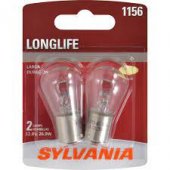Hedges
I See Electromagnetic Fields!
- Joined
- Mar 28, 2020
- Messages
- 21,600
moving to 5kw the voltage dropped to around 5 volts and the blades dropped in speed considerably.
Measurements for the 10 and 15 kw are close to 0 as my mmeter does not have a high enough resolution.
If my guess of "Y" connected elements was correct, 220V motor and one 220V element were in series at 5kW setting.
Drop in speed and zero current are consistent with expectation that the turbine produces almost no power.
Need much more wind (don't let it spin unloaded) or lower wattage load.
Do you have an incandescent light bulb? Could try one meant for 220V household use. For a heavier load, a 12V automotive tail light bulb. Heavier still, headlamp.





